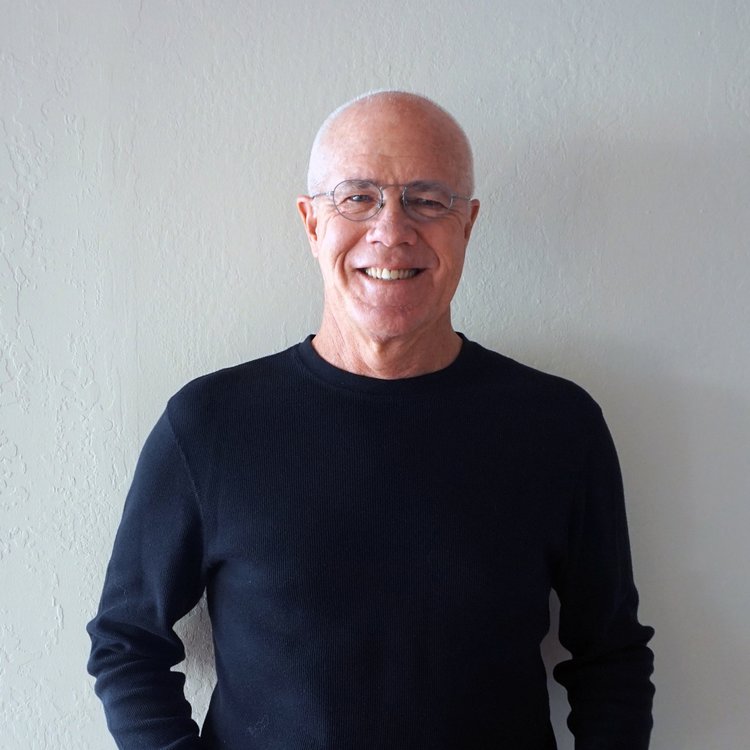First Hit: Thoroughly enjoyable film and story, especially if you like “The Beatles” music.
In my sophomore and junior years of high school, Jim Golden and I sat in his or my bedroom playing Beatles songs over and over again. Jim was one year younger than me and much better on guitar and singing. However, I knew how to harmonize, and together, we sang the shit out of those songs.
In my junior year (1967), Jim and I joined a band and one week after the Sgt. Peppers Lonely Hearts Club Band album came out, the group sang three songs from this album in the second of our band’s total of three public performances. My contribution was singing lead on “A Day in the Life,” and I’ll never forget it. The proof is that today, I can still play and sing this song.
In this film, Jack Malik (Himesh Patel) wanted to play his music in front of people. His manager Ellie Appleton (Lily James), met him and fell in love with him at age 17 when he performed Oasis’ Wonderwall song during a high school performance. From that time, she worked tirelessly to get him gigs in local bars and establishments near their small English town of Lowestoft. When he’s not performing his songs at these joints, he’s working in a food warehouse.
When he plays, most people in the audience talk or just go about their business, and no one really listens except Ellie and a small group of friends that request their favorite Jack Malik songs.
One day Ellie brings him good news and bad news. The good news is that she got him a gig at a big-time music festival. However, the bad news is that it’s in a remote music tent. When we see Jack perform in the tent, his most attentive audience appears to be four children, Ellie, and a couple of other friends. It’s at this moment he decides to give up on his music career.
While riding his bike on the way home, there is a worldwide blackout, and during the outage, he gets hit by a bus. Waking up in a hospital with two missing front teeth, Ellie is there by his side. Getting out of the hospital, she gives him a new guitar because the old one got run over by the bus. While testing out the guitar, he sings, The Beatles “Yesterday.”
The three friends sitting with him ask him when did he write that song? And he says, he “didn’t, The Beatles did,” and they say who? This is a hilarious scene, especially when they bring up Coldplay. But the fantastic thing about this scene is that the audience, at least I did, hears this song as if it were really a new song. The focus is on the words, and they reflect Jack’s current situation, just as they reflect the circumstances in our own lives.
This then becomes the setup of the film. Did The Beatles exist? Did they ever exist? Jack goes home and searches the internet for The Beatles and finds nothing, except beetles.
Thinking that no one knows The Beatles songs, he begins to recall them and begins to write them down. When he performs them, the audiences love the songs and believe that these songs are Jack’s songs. Through the greatness of the songs, he becomes the new world singing and songwriting sensation.
He records the songs and with the help of Ed Sheeran and a new obnoxious agent who is appropriately named, Debra Hammer (Kate McKinnon). She gets him all caught up in the demands of the music business, including how he looks. The scenes of the marketing team coming up with album titles and imaging are hilarious.
Meanwhile, Ellie tries to tell Jack that she’s more than someone who used to manage him, she’s in love with him and has so since she was seventeen. She asks him to make a choice.
This story is about making choices about the love of a person or a career. It is about honesty through the songwriting. It is about fame, money, and the downsides of all of it. However, for me, it was mostly about the songs I grew up playing with Jim Golden. I loved singing The Beatles songs then, and I loved lip-syncing the songs while watching the film. “I Saw Her Standing There” (She Was Just Seventeen) had extra meaning because of Ellie. The background music as Jack was hit was the music crescendo from “A Day in the Life.” Watching Jack work on remembering the words to “Eleanor Rigby” along with the remembering of the other songs shared in this film was exquisite.
The film had so many out-loud funny bits. Including that “Coke,” Oasis (the band), and cigarettes didn’t exist, were both entertaining and amusing each time they came up. I thought the pacing and sequencing of the scenes were divine, and when Jack drives out to a lonely beach house and meets an artist who tells him what is important in life, I wept silently.
Patel was fantastic in this role. I felt him in his character through my own experience as a young boy in a band wanting to sing songs. James was beyond wonderful. I loved her attempts to share her feelings with Jack, but it’s her looks when she just watching him that made her perfect. Joel Fry as Rocky, Jack’s old friend, and roadie after he gets discovered was hilarious. McKinnon slightly overacted her role at times, but overall was good. Sheeran as himself did an excellent job of acting in a role he would know. Richard Curtis wrote a fantastic screenplay from a story co-authored with Jack Barth. Danny Boyle did a superb job of creating a thoroughly enjoyable version and filled my heart with memories and joy.
Overall: This is a feel-good film.
